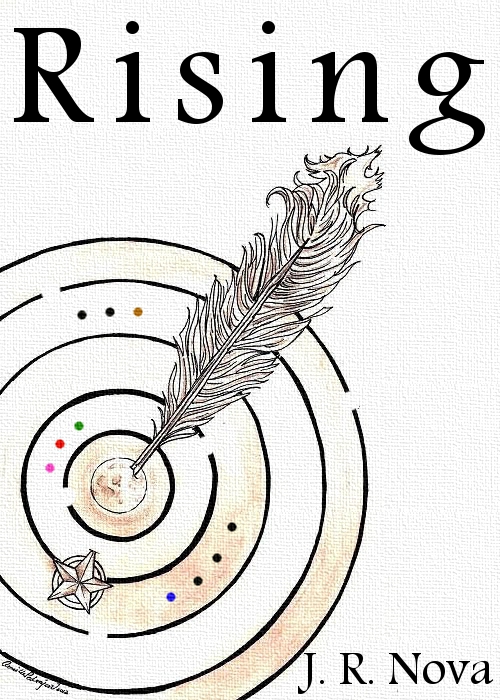The following essay is on rewriting, the pain and necessity of a task that isn't always fun to do. This is the first guest post to appear on my blog, and I think it sets the bar fairly high. Enjoy!
- J. R.
~~~
Painting and Pain
Written by Joshua A. Spotts
The colors are gently brushed in curving lines unto the canvas. The artist places that brush down and picks up another, applying a new color with a finer brush over the drying old stroke, creating a marvelous effect. The artist picks up another brush and another color. These are gently applied in light strokes and then firmly drawn across the canvas. The artist places his paint-speckled fingers to his sweaty forehead. He holds a brush between two fingers as he examines the paint beneath his fingernails. His hands are weary. The brush twirls in his fingers and one more delicate line is added to the painting.
The artist steps back to observe his masterpiece. Stumbling, groaning, and then kneeling the artist clutched his shirt over his heart. His masterpiece is blemished in one spot. It takes him several hours to gather the courage to approach his enemy, the blemish. The hairs of the artist’s brush swim in the paint for a moment before being jerked out and lovingly moved across the canvas. It did not work to cover the blemish, instead it made it worse. The artist tried again with a different brush and lighter paint. Still no success, the blemish stared at him. It seemed to be gloating.
Finally the artist decided what he must do. He took down the canvas and burned it. He spread out a new canvas and once again set to his laborious task. He would create a masterpiece, no matter how many times he had to burn a canvas and restart.
In some ways, rewriting is like this artist. We work and work to erase or correct a blemish, but sometimes we have to go larger than the blemish. Sometimes we have to change the context of the blemish. In fact, sometimes we, as writers, need to rewrite an entire book. We are artists and we should always seek for a better work. If something doesn’t please you about your own work, than the chances are that the reader will not be pleased with it.
Luckily, with modern day writing we have the computer. What a wonderful device! We can move whole paragraphs around in our documents. We can delete entire sections with ease. We can rework inside the story without having to be rid of whole pages at a time. Or, as in the case of the artist, whole canvases. This easiness to edit leads to the fact that rewriting is easier. Nevertheless, fellow writers, it is still difficult. It may not be so technically, but in our hearts we feel pain when we destroy our work and labor to make it better. It is similar to an old workout quip, “no pain, no gain.” If we do not suffer over our work with the purpose of making it better, than we don’t gain anything in our writing quality.











really a nice guest post..
ReplyDeleteloved the way u interrelated the lives of painter and writer..
and then the whole process of reaching at a level of perfection :D
It seems to be the way of all artists, to work, tear up, burn, destroy in some fashion a work that is not right. Working for the best. I watched my sister do this with her work as a seamstress, weaver, and painter. Me, I am none of these so have no personal experience. This is an excellent post.
ReplyDeleteThanks for stopping by, Jan. I can really see how, in being a seamstress or weaver, mistakes cannot simply be "edited" out. What a mess that could make! Very beneficial to do it right the first time then, huh? At least with writing no supplies are wasted, just time, and that's a matter of perspective. The more time put into a story the more fulfilling it can be.
ReplyDeleteI am definitely thankful to have my computer...Oftentimes, I like what I write but have to omit large portions of it because it just doesn't flow, or doesn't quite fit. I copy and paste it into a file and tuck those parts away, sometimes pulling them out later when writing another article, if they fit, or to inspire thought.
ReplyDeleteThis is a great article! I love how you compare the writing process to the painting.
Thank you all for your compliments on this post. I thoroughly enjoyed writing it and I am exceedingly glad you have all enjoyed reading it.
ReplyDelete